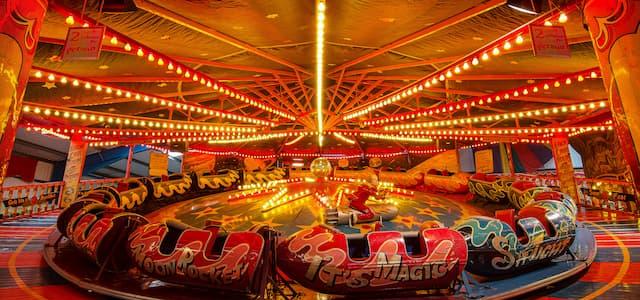
Walter Sickert’s Tipperary (1914) acquired by Imperial War Museums
Sickert’s painting Tipperary (1914) was acquired in May 2021 thanks to a National Heritage Memorial Fund (NHMF) grant of £30,000. It will be displayed in the London Imperial War Museum’s new Art, Film and Photography Galleries when they open in late 2023. Public entrance will be free of charge.
A rare portrayal of the First World War
The painting depicts a young man in army uniform looking out of a window. A nearby mirror shows the reflection of a woman playing a piano.
It captures public feeling in the UK at the time of its creation (1914): patriotic, supportive of military action, optimistic that the First World War would be short and Britain and its allies victorious. It is a rare artistic portrayal of this public mood – very few artists of Sickert's standing broached the subject of the war at this time. Artistic sentiment would later reflect the war’s catastrophic loss of life.
Sickert painted four versions of Tipperary. This is the only version which features a soldier. The juxtaposition of the male and female figures could refer to the differing roles of the sexes in armed conflict. The painting’s connection to those who have given or risked their lives for the United Kingdom gives it a strong memorial character, an important consideration for the NHMF Trustees.
A demonstration of patriotism?
Born in Germany, Walter Sickert (1860 – 1942) moved to the UK with his family when he was eight. He would become central to Modernist movements within British art, inspired by Whistler and Degas.
At the start of the First World War, in the midst of intensely anti-German feeling, Sickert was investigated by the British police. He may have written and painted positively about the First World War as a demonstration of loyalty to Britain.
Other funders
The total acquisition cost was £115,000. The Art Fund provided the remaining £85,000.

